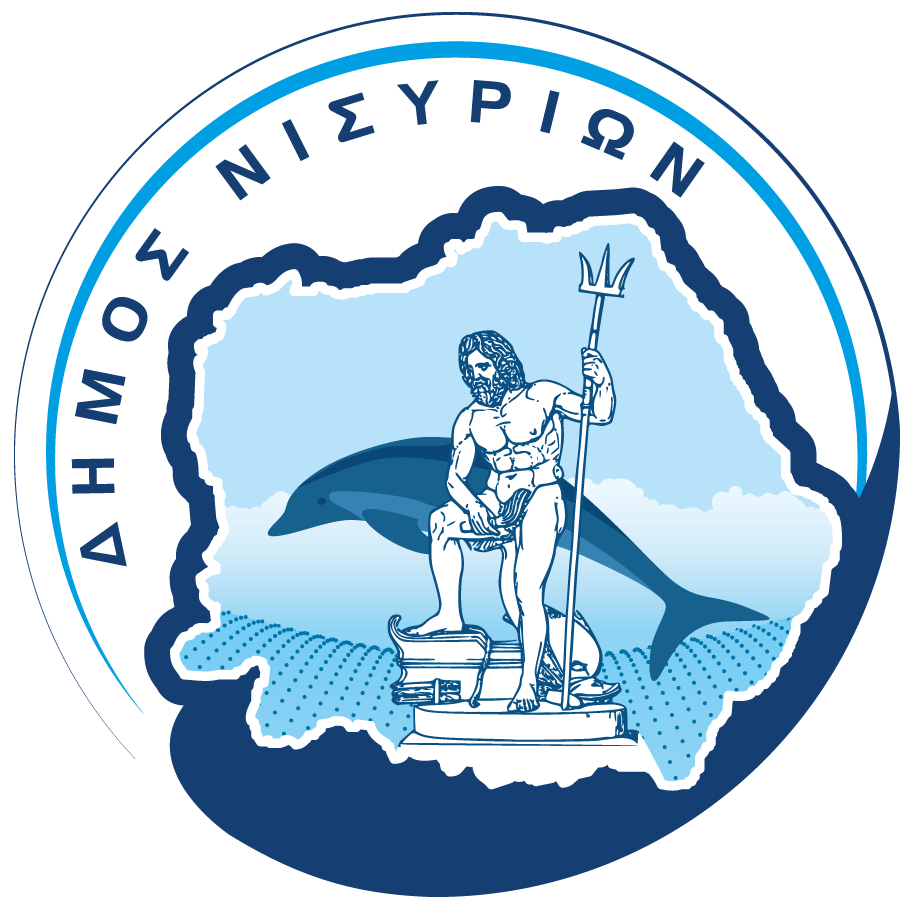
The last volcanic eruption in Nisyros occurred several thousand years ago and of course has not been recorded in historical sources. Nevertheless, Nisyros is characterized as a dormant active volcano, and this view is based on three elements:
The first is the relatively recent age of the last volcanic eruptions. The last magmatic action in the area of Nisyros occurred about 20,000 years ago, while there are some indications that the last eruption of the Glass is probably younger than 10,000 years.
The second element is that the processes that give rise to volcanic activity, the sinking of the African lithosphere under the Aegean and the large faults, continue to be active phenomena in the region. The third element is the thermal condition of the area, mainly the information from the deep drillings carried out in Nisyros, with the aim of locating a geothermal reservoir capable of producing electricity. At the bottom of the first deep well, at 1700 meters below sea level, temperatures were encountered near 500 degrees Celsius, which makes it necessary to assume the existence of molten rock at shallow depths, between 3 and 5 kilometers.
The picture below schematically depicts the results of geological, volcanic and geothermal research in Nisyros, representing a section of the earth's earth's crust. Here are the older non-volcanic rocks, the volcanic edifice with the caldera depression as well as the outgrowths of older and new magmatic chambers. The upper of the two warm horizons geothermal fluid, identified by deep drilling, is the source of power for all the hot surface manifestations in Nisyros. It supplies the hot springs and the escapes of hot gases, the fumes of the island.
The most intense and spectacular hot event in Nisyros is the atmospheric activity in the area of Ramos and especially in the crater of Stefanos and the area of Lofos. The gases emitted from hundreds of points in the area have a maximum temperature of 100.1 degrees Celsius. The soil in the area of the fumes has the same temperature. The gases consist mainly of water vapor (94% by volume) and carbon dioxide (5%). Less than 0.5% hydrogen sulfide, nitrogen and methane are released. Beautiful sulfur crystals are deposited at the mouth of the holes where the gases exit, while the water vapor that liquefies irrigates the surrounding soil with dilute sulfuric acid, due to the dissolution of hydrogen sulfide in the steam. For this reason, fabrics that come in contact with the ground are destroyed in a minimum of time. The characteristic smell of the "egg cage" in the area is also due to the presence of hydrogen sulfide, which even in infinitesimal concentrations is felt by the sense of smell.
Outside the area of Ramos, release of hot gases (water vapor) occurs in several places, mainly along the large active faults of the island. The most famous on the south side are at the edge of the caldera and in the area of Pyria. In the northern part, they are located at the base of the caldera cliff, at the top of the Nifios dome and at the entrance of the village Emporio. The temperature of the water vapor at all these points varies between 36 and 40 degrees.
source: igme.nisyros.gr
























